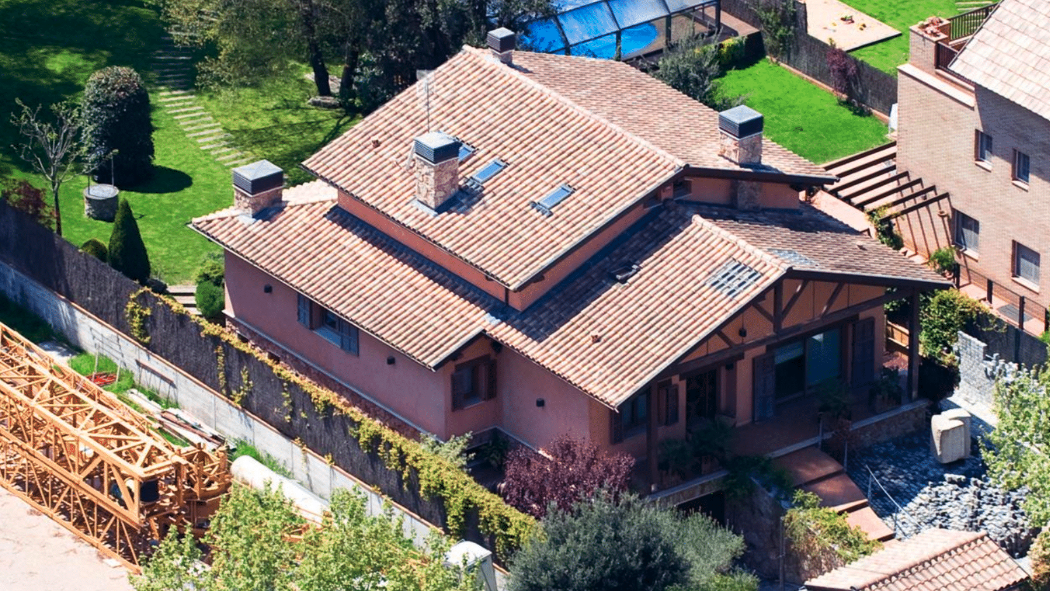Traditional construction needs no introduction. The oldest construction system is still the most popular in Spain. Why has the industrialized model not managed to oust the wet construction? In this article we will learn about the advantages and the reasons for the current supremacy of the artisanal model.
What do we mean by traditional construction?
We understand by traditional construction or wet work all those construction works that involve a low degree of industrialization and processing of materials. It is an artisanal system consisting of load-bearing walls made of bricks and reinforced concrete, with enclosures made of walls executed on site.
A practical, solid system with history:
In Spain, traditional construction arose as a functional response to the problems arising from a lifestyle based on agriculture and livestock farming. A standard highly exposed to adverse climatic and orographic factors. Nature finally determined which type of noble materials (stone, wood, clay…) and techniques (100% manual) would be the most suitable. A factor that also determined the precise moment in which construction took place: the period between the harvest and the rainy season.
It is interesting to note that brick has eleven thousand years of history. As early as 9500 B.C., clay bricks and adobe began to be used as construction elements in the Mediterranean Levant. The evolution of techniques and human settlements made fired clay bricks more accessible (replacing adobe), as well as lime mortar (replacing mud bricks).
At present, and as a result of the innovations and facilities that have opened the way, all this diversity of materials and techniques specific to each territory has undergone a process of progressive homogenization.

Its advantages: why will we never stop building through wet work?
Although industrialized construction is here to stay, it has certainly not been able to unseat the classic model par excellence. And among its virtues, there is one that can be decisive for many users; in a traditional building there is no limitation in terms of design.
To speak of traditional work is to speak of a handcrafted system in which the client will have more possibilities to personalize his future home. Expanding this freedom allows for a more flexible project in which there is room for improvisation. Since it is an “in situ” preparation , there is room for error and last minute modifications. It is an aspect to take into account and which we will not be able to opt for in the same way if we opt for an industrialized home. But we must keep in mind that the changes introduced during the process of execution of any work, increase its cost and delivery time, a consequence to consider before wanting to intercede in the course of the construction.

Interested in the most affordable option? In industrialized homes we standardize the design in order to reduce costs and offer you a more economical project. In return, you will not be able to access a high degree of customization. To adapt a house 100% to your tastes, wet work is the best alternative.
The importance of the site where your future home will be located?
Now that we know the strengths of each type of construction, let’s consider the characteristics of the site. On uneven terrain, with slopes or inclines, an industrialized home may not be the best option. To make the most of this supposedly natural environment and adapt the property to its complexity, a traditional project would be the perfect solution.
Standardized, catalog housing, for example, would make limited use of the site. The high degree of customization of the wet work would give us greater freedom to play with the terrain and optimize it according to the client’s needs.
On hilly sites we can also attach the construction to the land using a mixed construction system, we start with traditional work in those areas where the prefabricated is difficult to apply and once this phase is completed, we continue with the industrialized system.
In GRUPO PAGÈS BCN (www.grupo-pages.com) we adapt to the construction system that best suits your needs; traditional, industrialized or mixed.
Not suitable for the impatient. Slower and more expensive construction:
The wet work is more versatile but its handcrafted construction is slow and can be hindered by inclement weather. In addition, their durability requires more labor than that required for industrialized buildings. With longer lead times and greater resource requirements, the traditional construction system is undoubtedly less affordable than dry construction.
Now that you know in detail the industrialized construction model and the traditional model, which one do you prefer? Both are convenient but have their own specifications that will make you make the final decision.
We invite you to get to know our new construction projects carried out through wet construction, or to contact us if you still have doubts about which type of construction best suits you.

REFERENCES





